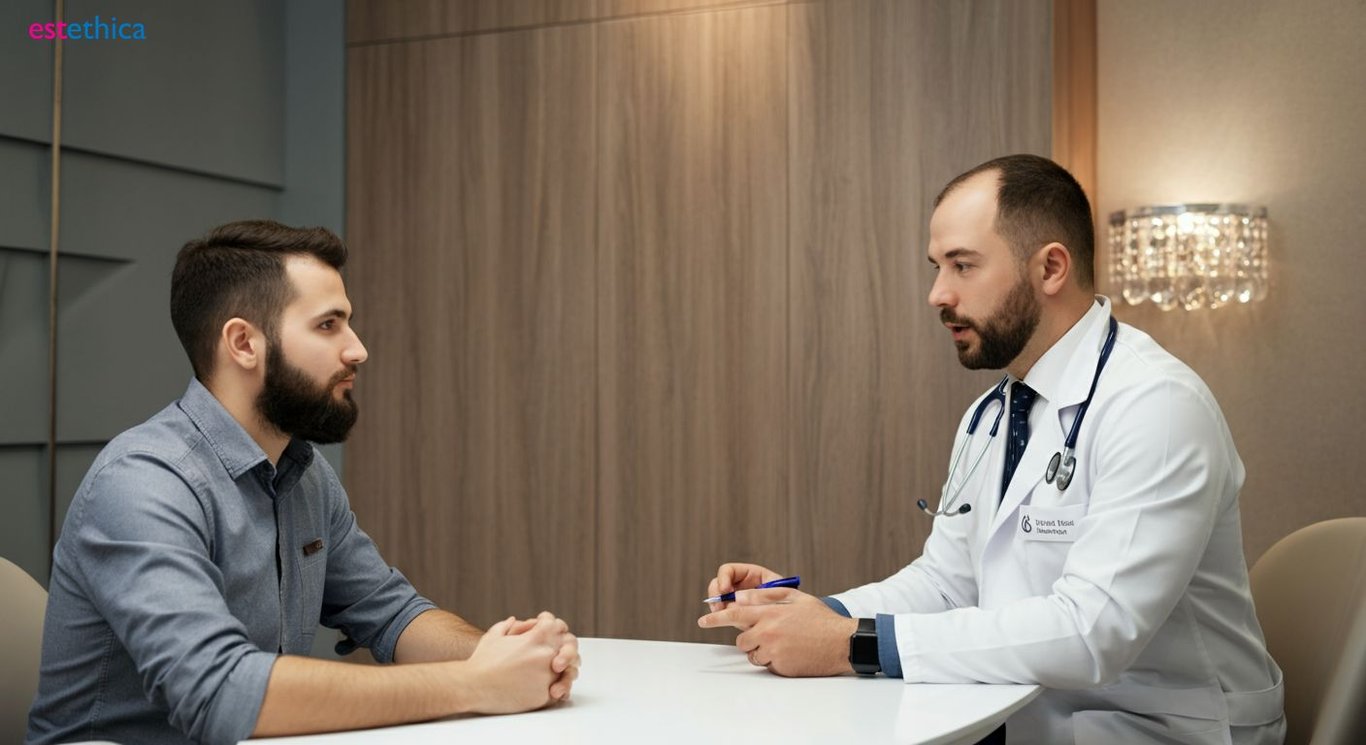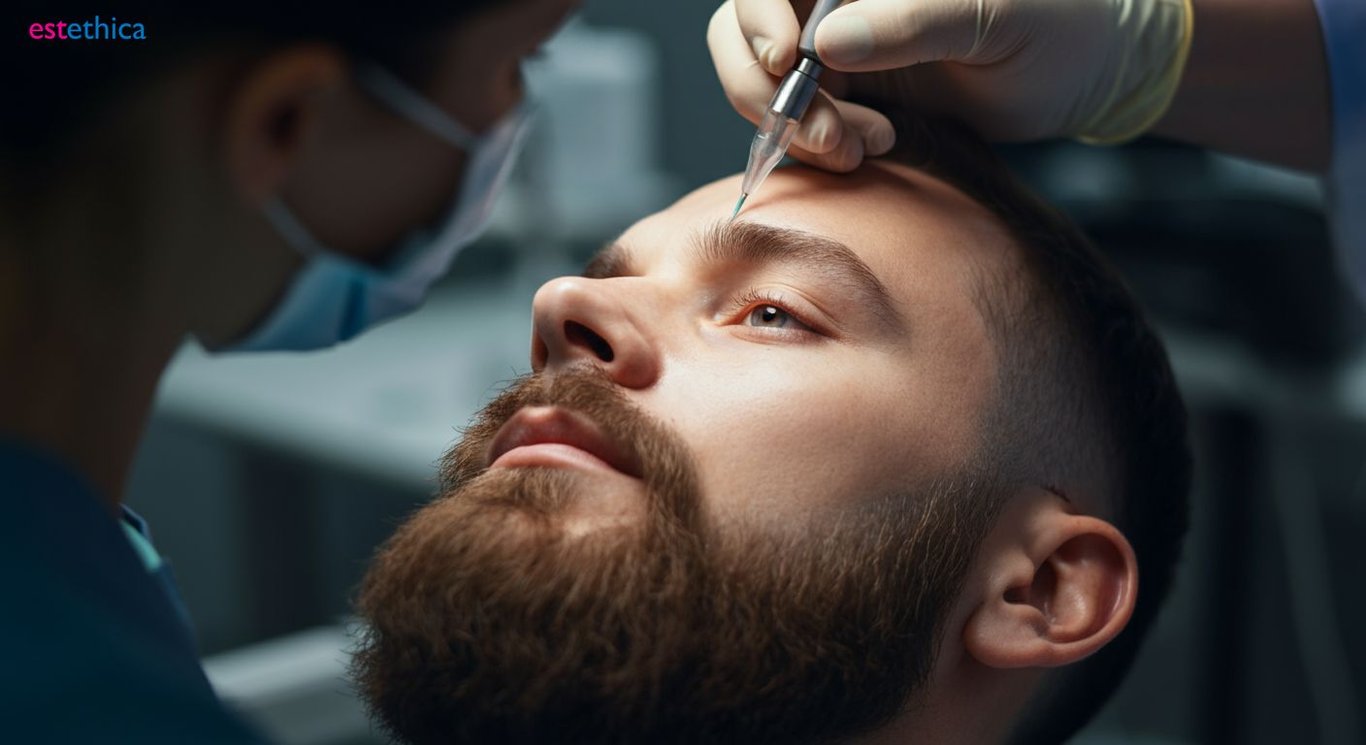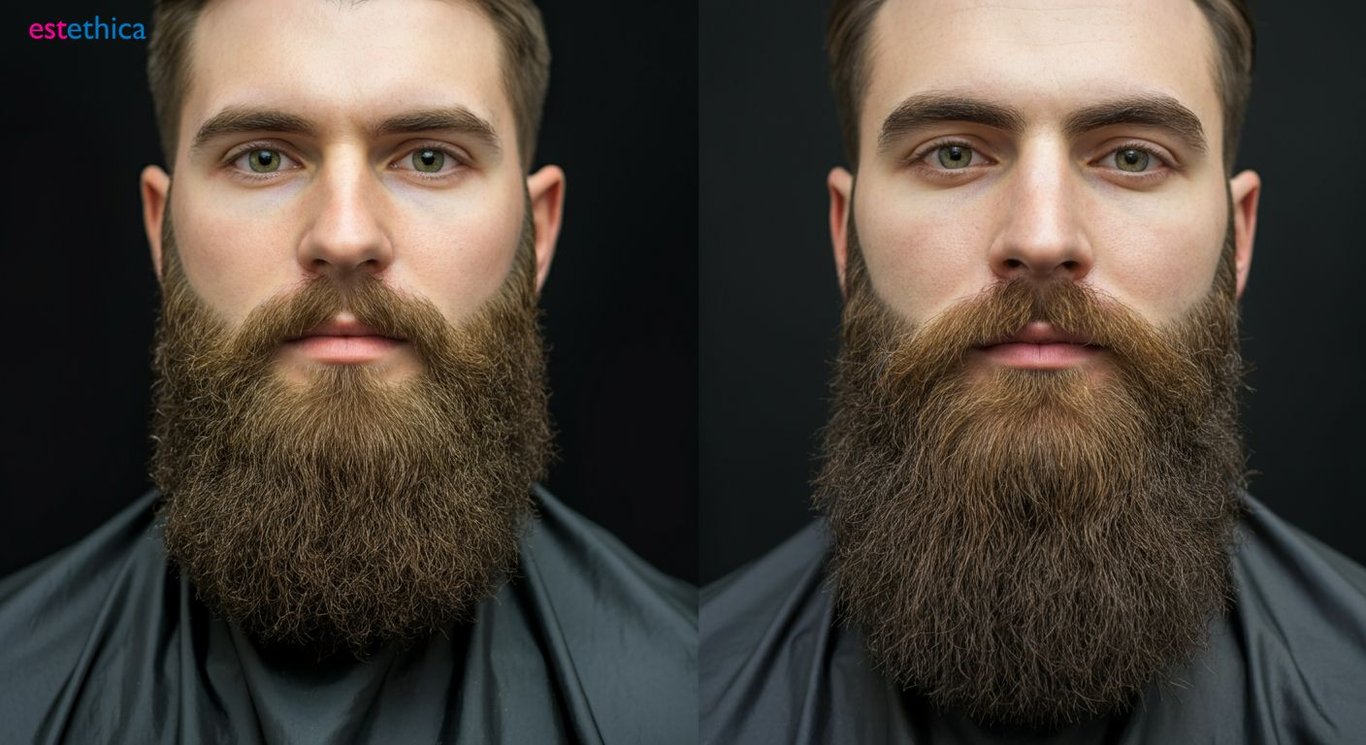Discover the Secrets of Successful Beard Transplants
Uncover the secrets to successful beard transplants and achieve the look you desire with expert techniques.
Beard transplants have surged in popularity as men increasingly seek to enhance their facial hair for a fuller, more defined look. This transformation not only elevates style but significantly boosts self-confidence. The journey of a successful beard transplant involves understanding the various techniques available, choosing a skilled surgeon, exploring complementary facial hair restoration options, and diligently following post-transplant care. In this guide, we will delve into these pivotal aspects to ensure you achieve the best results possible.
Understanding Beard Transplant Techniques
Exploring Advanced Beard Transplant Methods
Beard transplantation involves several advanced techniques that cater to different needs. The most prevalent methods include Follicular Unit Extraction (FUE) and Direct Hair Implantation (DHI). FUE involves extracting individual hair follicles from a donor area, usually the back of the head, and implanting them into the beard area. DHI, on the other hand, utilizes a specialized tool to directly implant the extracted follicles without the need for creating incision channels first. This method is praised for its precision and density control. Both techniques aim to ensure that the transplanted hair aligns seamlessly with the natural beard growth pattern, resulting in a natural and enduring appearance.
Key Features of Beard Transplant Techniques
- FUE offers flexibility in donor area selection, enhancing the natural look.
- DHI provides high precision, allowing for detailed density control.
- Both methods ensure seamless integration with existing facial hair.
These techniques are designed to cater to individual preferences, ensuring that the final result is both aesthetically pleasing and long-lasting. For more insights into achieving successful beard transplants, you can explore Unlocking the Secrets of Beard Transplant Success.
Steps in the Beard Transplant Process
- Consultation with a beard surgeon to determine the best method.
- Extraction of hair follicles from the donor area.
- Implantation of follicles into the beard area for natural growth.
Each step is crucial in ensuring the success of the transplant, with the expertise of the beard surgeon playing a pivotal role in achieving the desired outcome. The choice between FUE and DHI depends on individual goals and the specific characteristics of one's facial hair.

Choosing the Right Beard Transplant Surgeon
Evaluating Surgeon Expertise and Experience
When selecting a beard transplant surgeon, it's crucial to assess their expertise and experience in facial hair restoration. A surgeon specializing in beard implants will have a deep understanding of the nuances involved in facial hair grafts. For instance, Dr. Smith, a renowned beard surgeon, has performed over 500 successful transplants, showcasing his proficiency in this field. Additionally, reviewing before-and-after images of previous surgeries can provide insight into the surgeon's skill in achieving natural-looking results.
Understanding Beard Transplant Costs and Options
While cost should not be the sole factor in choosing a surgeon, understanding the range of beard transplant options available can help in making an informed decision. Clinics often offer various methods, such as FUE and DHI, each with its own pricing structure. It's essential to discuss these options during consultations to determine which method aligns best with your goals and budget. For example, some clinics may offer affordable beard transplant options without compromising on quality, ensuring that patients receive the best care possible.
Key Considerations for Choosing a Surgeon
- Review the surgeon's credentials and specialization in facial hair transplants.
- Examine patient testimonials and before-and-after images for quality assurance.
- Ensure the surgeon tailors the procedure to meet individual patient needs.
These considerations are vital in selecting a surgeon who can deliver satisfactory and lasting results. A personalized approach ensures that the transplant aligns with the patient's facial structure and hair growth pattern, enhancing the overall appearance.
Steps to Ensure a Successful Consultation
- Clearly communicate your beard transplant goals and expectations.
- Discuss the surgeon's approach and the techniques they recommend.
- Understand the post-operative care and recovery process.
By following these steps, patients can ensure that they are well-prepared for the procedure and have realistic expectations about the outcomes. A thorough consultation helps in building trust and confidence in the surgeon's abilities, paving the way for a successful beard transplant experience.

Exploring Facial Hair Restoration Options
Non-Surgical Alternatives for Beard Enhancement
Beyond surgical interventions, non-surgical methods offer viable options for those seeking to enhance their facial hair. Topical treatments like minoxidil have gained popularity for their ability to stimulate hair follicles and promote growth. Additionally, supplements rich in biotin and vitamins can support hair health, potentially leading to thicker beard growth. Some individuals turn to platelet-rich plasma (PRP) therapy, which involves injecting concentrated plasma into the beard area to encourage hair growth. These methods can be particularly appealing for those hesitant about surgery or looking to complement a beard transplant.
Lifestyle Changes and Natural Remedies
Incorporating lifestyle changes and natural remedies can also play a significant role in facial hair restoration. Improving one's diet by including protein-rich foods and essential fatty acids can enhance hair health. Regular exercise boosts circulation, which can positively impact hair growth. Furthermore, natural remedies such as essential oils, like rosemary or peppermint, are believed to stimulate hair follicles when massaged into the skin. These holistic approaches offer a complementary path to achieving desired beard density and fullness.
Understanding the Cost of Non-Surgical Options
- Topical treatments like minoxidil are generally affordable and widely available.
- Supplements vary in price, depending on brand and formulation.
- PRP therapy can be more costly, reflecting its specialized nature.
While non-surgical options can be cost-effective, it's essential to consider the long-term commitment required for visible results. Each method offers unique benefits, allowing individuals to tailor their approach to suit personal preferences and goals.

Post-Transplant Care for Optimal Results
Essential Post-Transplant Care Practices
After a beard transplant, adhering to a comprehensive care routine is crucial for successful outcomes. Patients should meticulously follow the surgeon's guidelines, which often emphasize maintaining cleanliness in the transplanted area. For instance, using a gentle cleanser can help prevent infections and promote healing. Additionally, avoiding direct sunlight is advised to protect the sensitive skin and newly implanted follicles. This precaution helps in reducing the risk of pigmentation changes and ensures the transplanted hair integrates seamlessly with the natural beard.
Understanding the Importance of Follow-Up Visits
Regular follow-up visits to the beard transplant clinic are vital for monitoring progress and addressing any concerns. These appointments allow the surgeon to assess the healing process and make necessary adjustments to the care plan. For example, if a patient experiences unexpected redness or swelling, the surgeon can provide targeted treatments to alleviate these symptoms. Follow-up visits also offer an opportunity to discuss any questions about the recovery process, ensuring patients feel supported throughout their journey to achieving optimal beard growth.
Key Steps in Post-Transplant Recovery
- Keep the transplanted area clean using recommended products.
- Avoid direct sunlight to protect the sensitive skin and follicles.
- Attend regular follow-up visits to monitor healing and progress.
By following these steps, patients can enhance the success of their beard transplant and enjoy a fuller, more natural-looking beard. The commitment to post-operative care plays a pivotal role in achieving the desired results, making it an integral part of the beard transplant process.
Precision Techniques in Beard Transplantation
Comprehensive Post-Transplant Care for Optimal Results
Frequently Asked Questions
What are the best beard transplant methods available?
How does a beard transplant work?
What is the recovery time for a beard transplant?
Is a beard transplant permanent?
How to choose a beard transplant surgeon?
Discover the Path to 'Healthy Beauty' with estethica's Expert Care. Call Now for Your Free Consultation!
📞 Speak with Our Specialists Today!